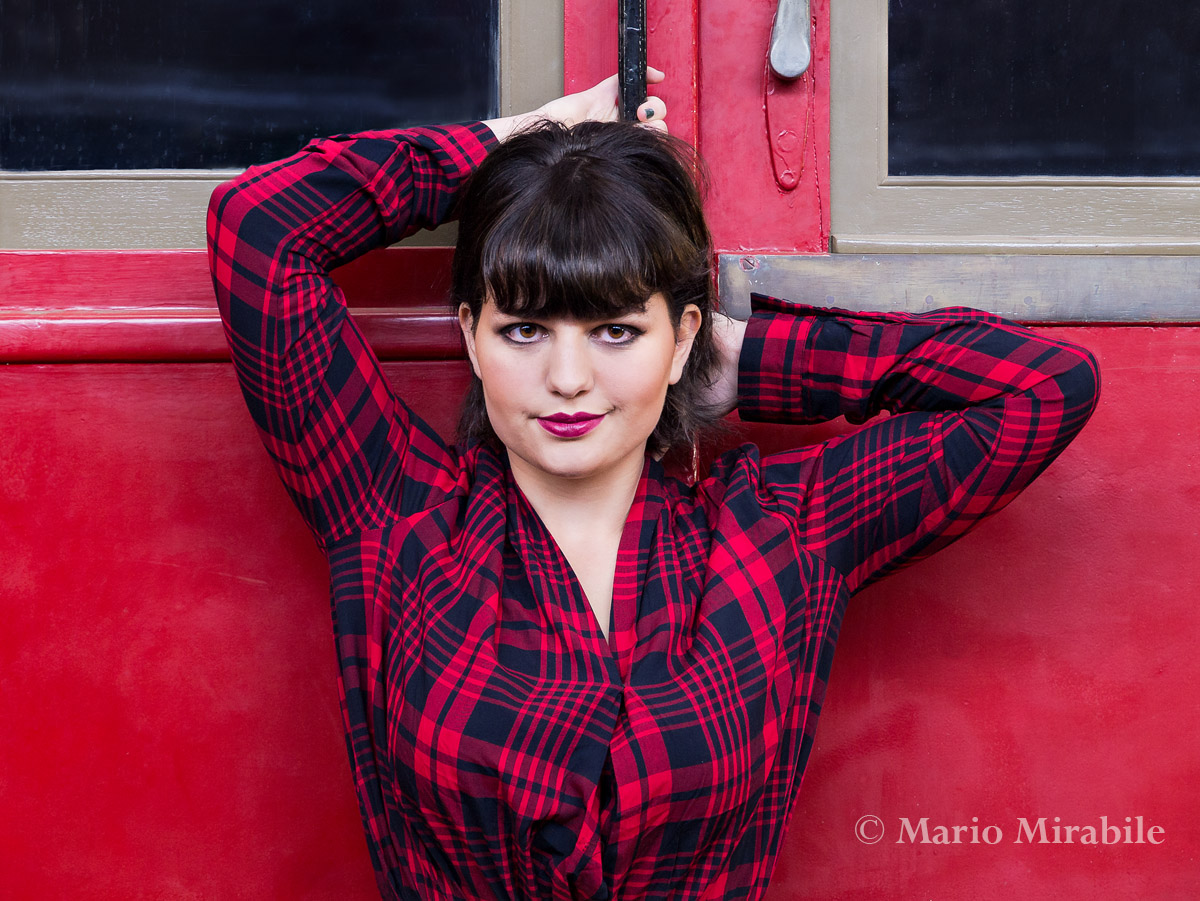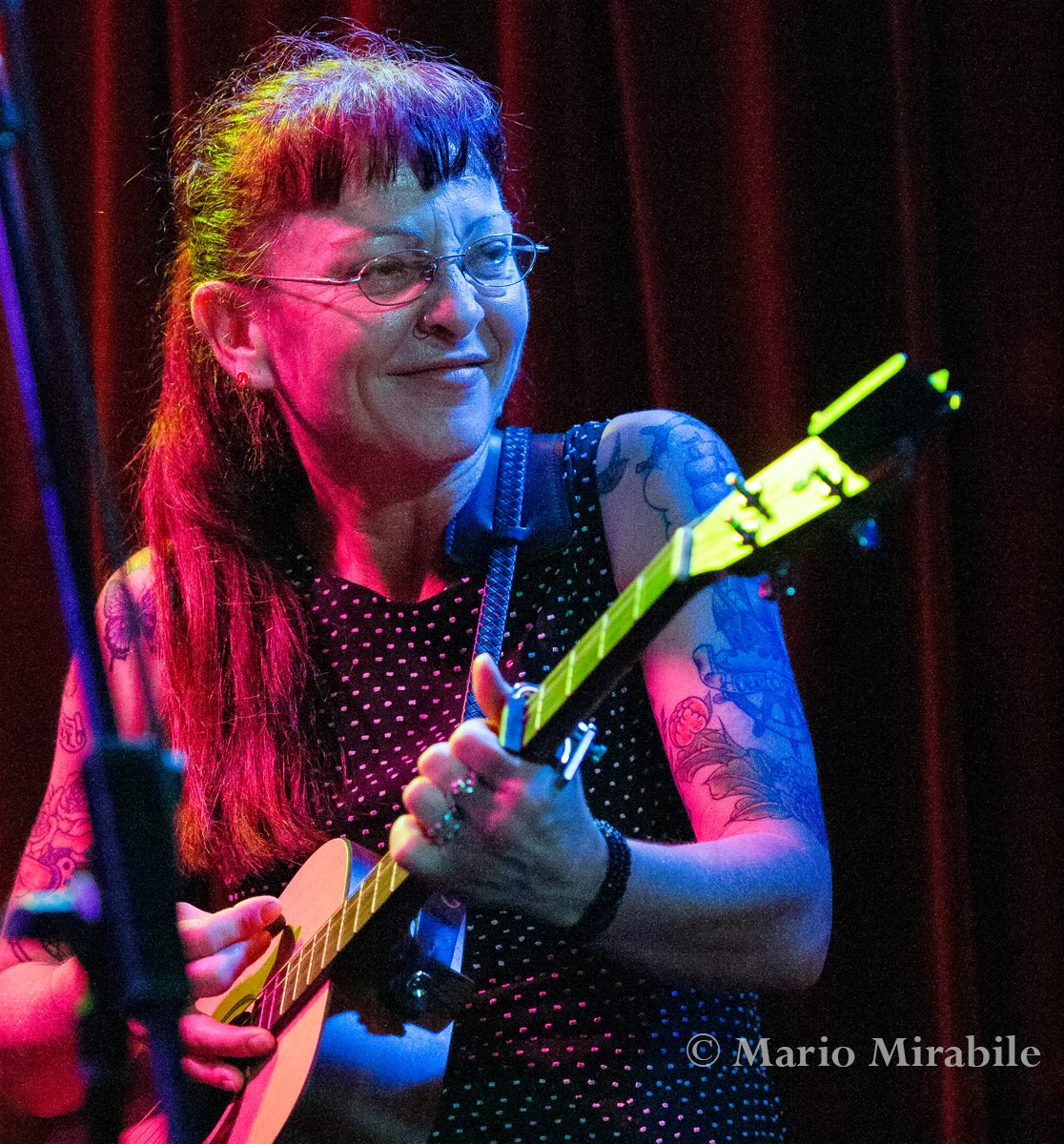I've taken photos at the footy before, but I'm yet to have sports editors beating a path to my door looking to hire me as a result. I'll be the first to admit that my skills and equipment aren't up to pro standards, but there's more to it than just that. It's also a matter of access and position. The pictures I take from the front row of the second level at the MCG just can’t compete with shots taken from inside the fence. Even when you can get close to the action at a suburban event, a background of parked cars, houses and the odd lonely spectator can't compete with a crowd blown out of focus by a 400mm f2.8 lens on a full frame body.
I've taken surfing photos once before. On those occasions I was at Bells Beach with an overseas visitor and couldn't resist snapping the surfers at that famous break. Looking back, they were nothing to write home about, but at the time (early in my digital renaissance) I was quite pleased with the result. The main problem was that I was too far away, and my cliff top viewpoint was too straight -on to the action.
I had another opportunity during our recent stay at Port Fairy. Not a renowned surf spot, but the favourable conditions provided by a northerly the day after we arrived had had a few riders in the water. My early shots at the break in front of our house were hampered by the fact that I needed my 2x tele-converter to get close to the action. Later that day, I found another spot further down the coast where the waved were breaking closer to the shore. As a bonus, by clambering over the volcanic boulders strewn over the shore, I was able to get to a point where the waves were actually breaking past me. From this superior vantage point, I was able to get some much more interesting shots. As I said, positioning is the key.
Not that the surfing magazines will be looking to hire me. These days you actually have to be in the water getting shots if you want to be noticed. Still, it's a big step up from shooting from the cliff tops.
Tech Talk
Everything was shot with my 50-200mm. A couple with the EC20 2x tele-converter, but the others all with the lens on its own. There a noticeable drop in sharpness with the converter fitted, but it's acceptable for images at this resolution. It's actually quite a nice optic, and, contrary to conventional wisdom, I think it is better optically than the EC14 1.4x converter. The real problem witt it (other than losing two stops of light) is that when you use it to bring really distant objects closer, atmospheric dust and heat haze can ruin image clarity and sharpness.
Olymous E-5, Zuiko Digital 50-200mm f2.8-3.5, Zuiko Digital EC20 2x tele converter.












































